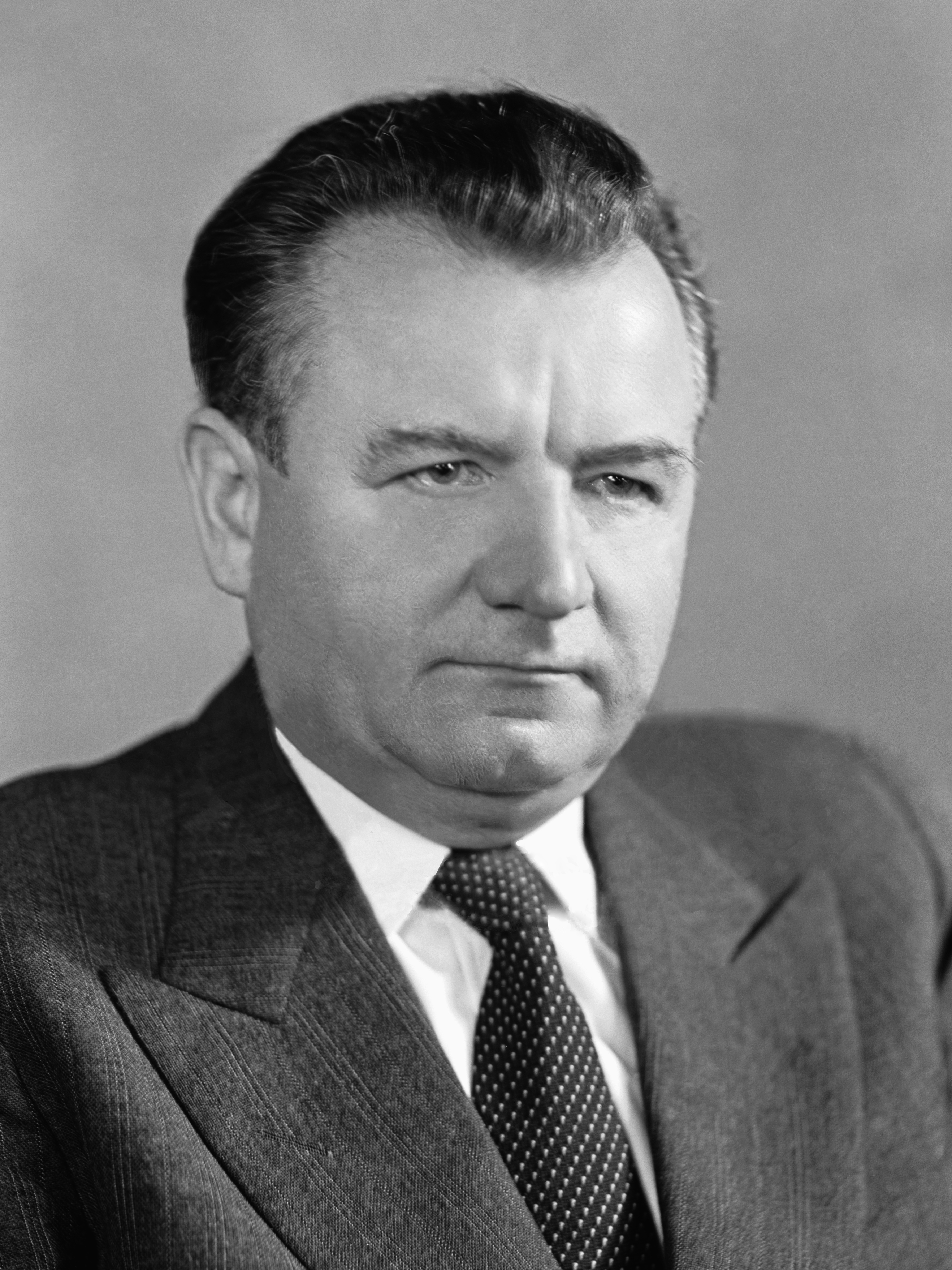Communist Party of Czechoslovakia
 KSC}}
KSC}}| name = Communist Party of Czechoslovakia | native_name = Komunistická strana Československa | logo = | general_secretary = Václav Šturc (first)
Ladislav Adamec (last) | foundation = | dissolved = 7 April 1992 | successor = *Communist Party of Bohemia and Moravia (Czech Republic) *Party of the Democratic Left (Slovakia) | headquarters = Central Committee, Prague, Czechoslovakia | newspaper = ''Rudé právo''
''Pravda''
''Munkás'' | youth_wing = Young Communist League of Czechoslovakia (1921–1936),
Czechoslovak Union of Youth (1949–1968),
Socialist Youth Union (1970–1989) | wing1_title = Paramilitary wing | split = Czechoslovak Social Democratic Workers' Party | wing1 = People's Militias | ideology = Communism
Marxism–Leninism
Stalinism (until 1956)
Socialism with a human face (1968)
Husakism (after 1969) | position = Far-left | international = Comintern (1921–1943)
Cominform (1947–1956) | national = National Front
(1943–1990) | colours = |border=darkgray}} Red | flag = | country = Czechoslovakia }}
The Communist Party of Czechoslovakia (Czech and Slovak: ''Komunistická strana Československa'', KSČ) was a communist and Marxist–Leninist political party in Czechoslovakia that existed between 1921 and 1992. It was a member of the Comintern. Between 1929 and 1953, it was led by Klement Gottwald. The KSČ was the sole governing party in the Czechoslovak Socialist Republic though it was a leading party along with the Slovak branch and four other legally permitted non-communist parties. After its election victory in 1946, it seized power in the 1948 Czechoslovak coup d'état and established a one-party state allied with the Soviet Union. Nationalization of virtually all private enterprises followed, and a command economy was implemented.
The KSČ was committed to the pursuit of communism, and after Joseph Stalin's rise to power Marxism–Leninism became formalized as the party's guiding ideology and would remain so throughout the rest of its existence. Consequently, party organisation was based on Bolshevik-like democratic centralism; its highest body was the Party Congress, which convened every five years. When the Congress was not in session, the Central Committee was the highest body. Because the Central Committee met twice a year, most day-to-day duties and responsibilities were vested in the Politburo. The party leader was the head of government and held the office of either General Secretary, Premier or head of state, or some of the three offices concurrently, but never all three at the same time.
In 1968, party leader Alexander Dubček proposed reforms that included a democratic process and initiated the Prague Spring, leading to the invasion of Czechoslovakia by the Soviet Union. Under pressure from the Kremlin, all reforms were repealed, party leadership became taken over by its more authoritarian wing, and a massive non-bloody purge of party members was conducted. In 1989, however, the party leadership bowed to popular pressure during the Velvet Revolution and agreed to call the first contested election since 1946, leading to the victory of the centre-based Civic Forum in the 1990 election and the KSČ stepping down. That November, the party became a federation of the Communist Party of Bohemia and Moravia and the Communist Party of Slovakia. It was then declared to be a criminal organisation in the Czech Republic by the 1993 Act on Illegality of the Communist Regime and on Resistance Against It. Provided by Wikipedia
1
Serial
